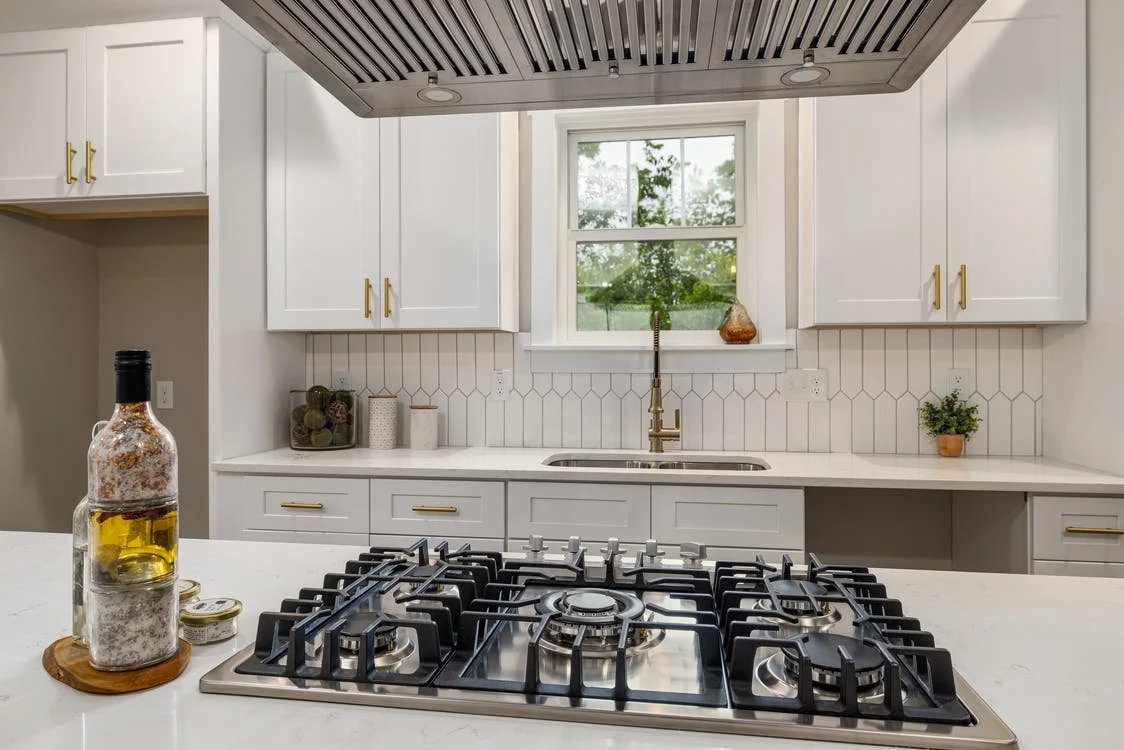 Throughout the years, our household appliances have improved greatly. Some are more advanced than others. These days, we can even speak to our washing machines using voice recognition technology, such as Google Assistant or Alexa. Not only will this give us a hands-free experience, but we’ll also be saving a lot of energy – good for the earth and our monthly bank account! We can even turn our refrigerators on while preserving energy!
Throughout the years, our household appliances have improved greatly. Some are more advanced than others. These days, we can even speak to our washing machines using voice recognition technology, such as Google Assistant or Alexa. Not only will this give us a hands-free experience, but we’ll also be saving a lot of energy – good for the earth and our monthly bank account! We can even turn our refrigerators on while preserving energy!
The introduction of energy-efficient household appliances has helped countries combat climate change and conserve resources. These appliances now incorporate programmable thermostats, digital inverter compressors, and granular monitoring sensors. The Breville Control Freak is the world’s first controlled induction cooker, using granular monitoring sensors to maintain a constant temperature between 86degF and 48degF. Samsung frost-free refrigerators, which feature a digital inverter compressor, are claimed to be 40% more energy-efficient than their predecessors.
In the first half of the twentieth century, many household appliances began to be invented that would simplify and automate household chores. Some of these machines were aimed at automating servant work, while others took advantage of new energy sources to make our homes cleaner, safer, and more energy-efficient. These technologies were initially only available to the rich, but they became widely affordable after the end of World War II. Though modern household appliances haven’t entirely eliminated the need for labor-intensive chores, they have drastically improved the standard of comfort in homes across the world. Though modern household appliances haven’t entirely eliminated the need for labor-intensive chores, they have drastically improved the standard of comfort in homes across the world, and even in apartments for rent in laredo tx.
Almost every household today has modern household gadgetry. What sets these appliances apart is the character of their technology. Young, single people will purchase more entertainment-oriented technologies, while parents with children will likely choose larger refrigerators. However, these life-cycle patterns are only a small portion of the picture. We must consider the changing needs of households in order to understand how household technology changes over time. The resulting changes in the nature of the household make these gadgets more useful in our everyday lives.
In the early 1900s, rudimentary versions of kitchen appliances were developed. Only in the 1930s and 1940s did modern appliances begin to evolve. These appliances are now smarter, sleeker, and more energy-efficient. These devices don’t appear futuristic to us today, but to the appliances themselves, they’re nothing short of amazing! If we were to ask ourselves how technology has improved in household appliances, the answers to these questions are a good place to start.
As smartphones have become ubiquitous in our daily lives, household appliances are also becoming more connected. This is true for smart ranges that can be controlled with an app or a tap. These new appliances are incredibly intuitive and user-friendly, making it easier to prepare delicious meals. Not only do these appliances make cooking simpler and more convenient, but advanced technologies make cooking a healthier experience for everyone. This advancement is already starting to be seen in the household appliances industry, and we’ll soon see even more innovations in the next few years.
The most recent additions to household appliances are those that enable seamless connectivity. These new appliances can even be controlled from a smartphone or tablet using a built-in app. They can streamline daily tasks. For example, an oven can pre-heat while you’re headed home from basketball practice, while a microwave can schedule itself to heat up hot water while you’re getting your morning java. And because connected appliances can be controlled by a single device, there’s no reason not to invest in this technology.
During the 1950s, more households gained access to electricity and began using a refrigerator. These advancements also led to a number of small electrical gadgets. Some of these devices enjoyed perpetual popularity, while others failed to gain much ground. Irons that made tea did not become popular, but machines that could mash or mix food went through decades of development and modest success before becoming commonplace. And, of course, a dishwasher became a household necessity.
As the world of technology continues to progress, household appliances have become more advanced. Previously, household appliances were rudimentary and inefficient. Today, we can buy fully automatic washing machines with dryers and cordless vacuum cleaners that are quieter and more environmentally-friendly. There’s no reason to skip these appliances – they are essential to our 21st century lifestyle. But with the increased demand for energy and water, the home appliances have become so packed with electronics and electrical features that it’s now difficult to live without them.
A plumber in Geelong can help you with installation of new appliances when you decide it is the right time for you.






